Share the post "Every Fitness Enthusiast Needs Better Hydration – Unlock Your Peak Performance!"
As fitness enthusiasts, we know the relentless affects of our workouts. Extreme training or heat tests our endurance and makes staying hydrated crucial. Proper hydration helps our bodies perform well and recover quickly. Hydration should be our priority when hiking, biking, or high-intensity interval training.
Water is the key part of exercise, affecting comfort, performance, and safety. It regulates body temperature, lubricates joints, and transports nutrients for energy and health. Dehydration decreases performance, and health risks can result from neglecting hydration, especially in hot summers. We can dramatically improve our fitness by understanding hydration science and using strategic hydration practices.
Key Takeaways
- Texas heat requires proper hydration for peak performance and safety.
- Water helps regulate body temperature and transport nutrients during exercise.
- Strategic hydration boosts fitness results.
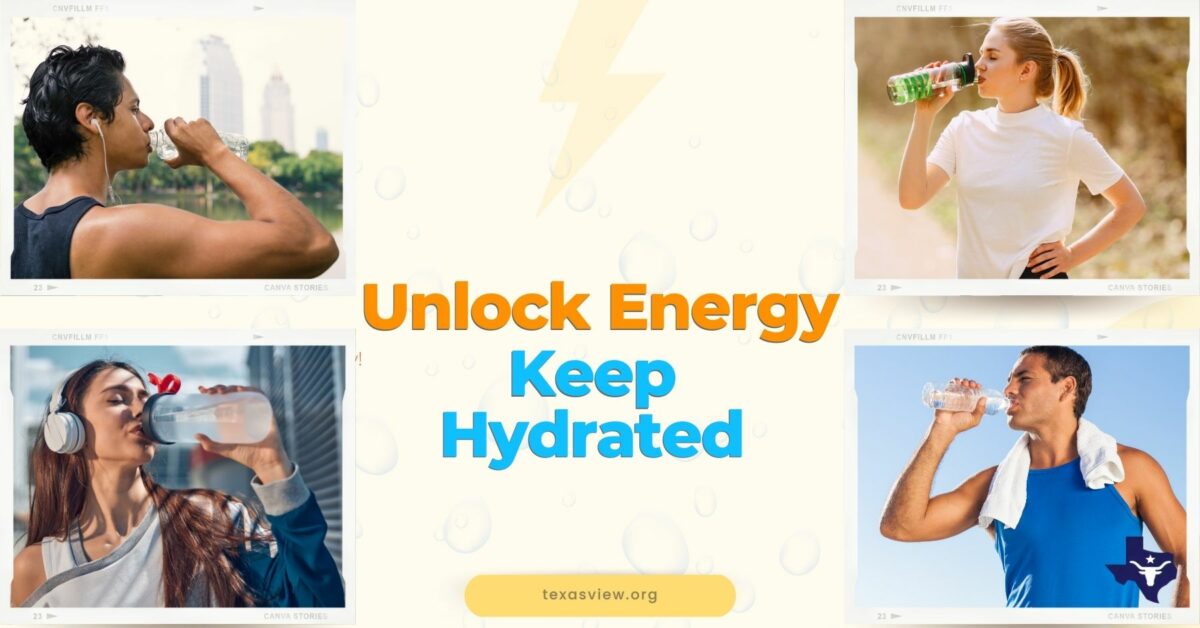
The Science of Hydration
Hydration is our bodies’ fundamental need, crucial to comfort and performance. Let’s dive into how it powers us through our activities.
Benefits of Staying Hydrated
- Homeostasis: Our bodies rely on water to maintain a stable internal environment.
- Enhanced Function: Water is vital for nutrient transportation and waste removal from our cells.
Proper hydration is a critical factor in facilitating digestion and regulating body temperature. According to the Texas Department of Public Safety, staying well-hydrated is essential for safety and can prevent the adverse effects of dehydration.
How Hydration Affects Performance
- Endurance: Adequate hydration helps to sustain energy levels longer during exercise.
- Recovery: Sufficient fluid intake post-exercise aids in faster muscle recovery.
Staying hydrated enables individuals to work harder and longer, getting the most out of every workout. To ensure optimal performance, water intake should be prioritized before, during, and after exercise.
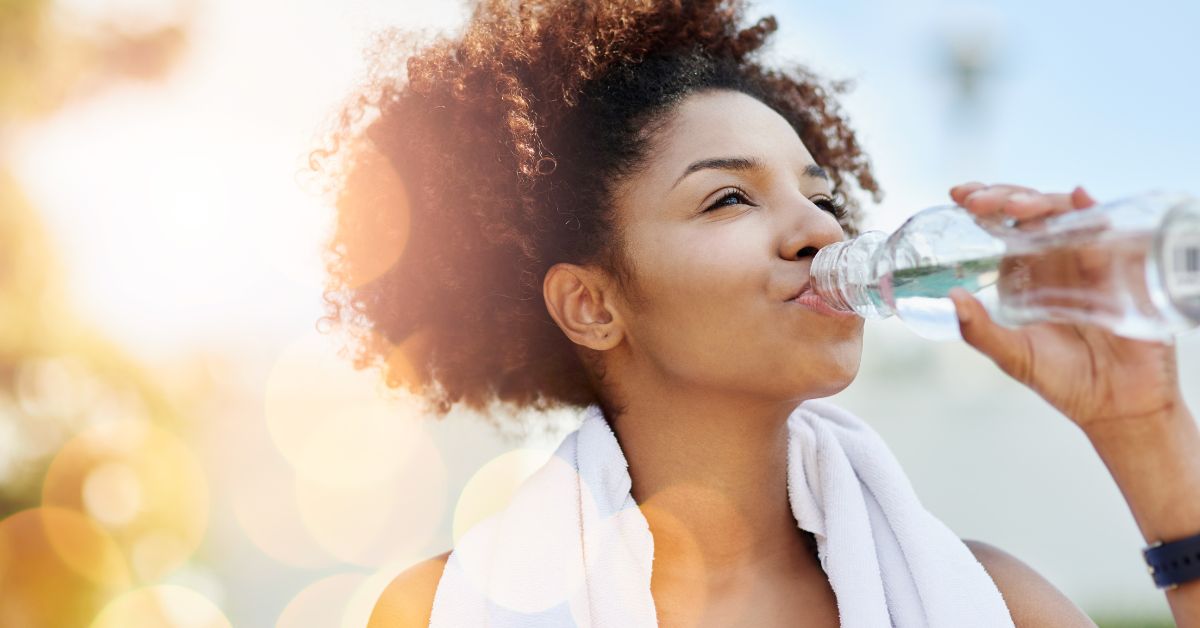
Hydration Strategies for Texans
Staying hydrated is pivotal for our health and performance. We must tailor our hydration strategy to meet our needs and adapt to different physical activity levels.
Assessing personal hydration needs
First, we must understand that our hydration needs are unique to each of us. Factors like body weight, climate, and activity level significantly dictate how much water we need. To gauge personal hydration needs, tracking acute changes in body mass during exercise can be pretty revealing. It informs us about our sweat rate, the adequacy of fluid replacement, and subsequent fluid needs for recovery.
Hydration for Different Fitness Levels
Whether we’re weekend warriors or dedicated athletes, hydration impacts our performance. Drinking water at regular intervals is usually sufficient for those doing light physical activity. However, intense workouts, especially in Texas’ heat, require us to pay closer attention to fluid intake and electrolyte balance. Careful planning of fluid consumption before, during, and after exercise ensures optimal performance and facilitates recovery.
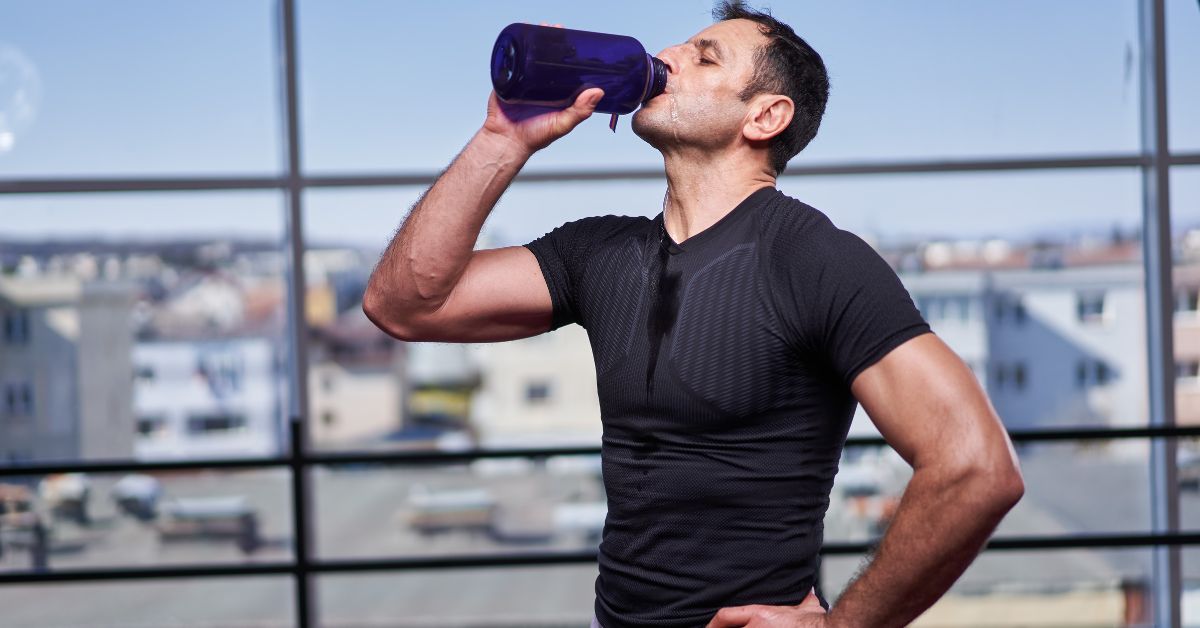
Overcoming heat
Understand importance of adapting to the climate, especially when staying active and healthy. Consider overcoming the heat through thoughtful workout adjustments and cooling strategies.
Adapting workout routines
Adjust our workout schedules to beat the heat. Morning or evening sessions are ideal because temperatures are significantly lower than midday. It’s not just about when we exercise, but also where. We seek out shaded areas or opt for indoor gyms with air conditioning. Hydration is critical, so we always bring a water bottle to keep our fluids topped up.
Preventive Measures to Stay Cool
Staying cool is a crucial part of our fitness régime. We can dress in lightweight, breathable clothing, and don’t forget to apply sunscreen. Keeping our hands and feet bare and submerged in cold water is a quick fix during breaks for immediate cooling. Beating the heat also means knowing our limits and listening to our bodies to prevent heat-related issues.
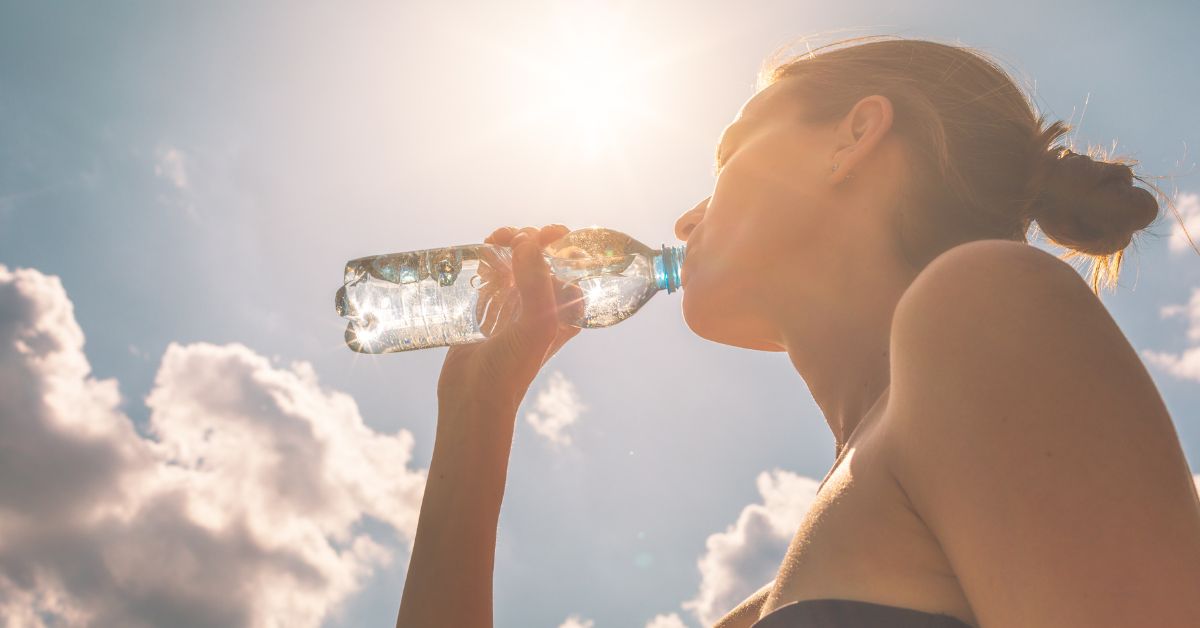
Optimal Beverages for Fitness
When we hit the gym or the trails, what we drink can be just as crucial as our workout routine. Let’s dive into the best hydration options to fuel our fitness endeavors!
Water vs. sports drinks
Water is the quintessential drink for hydration. It’s essential for kidney function and helps to maintain our body’s fluid balance. During short exercises, water is typically the best choice to rehydrate. However, sports drinks may be beneficial for longer, more intense workouts or those in hot climates as they replenish electrolytes like sodium and potassium, which we lose through sweat. According to the Texas Department of Public Safety, sports drinks can enhance comfort, performance, and safety during prolonged physical activity.
Natural Hydrating Choices
Besides water and sports drinks, there are also natural drinks that can help keep us hydrated. Coconut water is a great natural alternative because it contains electrolytes, minerals, and vitamins. Then there’s green tea, packed with antioxidants, supporting recovery after a workout. And let’s remember fruit-infused water. Adding slices of fruits like lemons, limes, and oranges can make water more appealing and boost vitamin C. For satisfying natural drinks, UCHealth offers some insights into optimal hydration choices that aren’t just water alone.
Choosing the right beverage can significantly affect our workout results and overall well-being. Whether we are casual joggers or endurance athletes, staying hydrated is critical to our success.
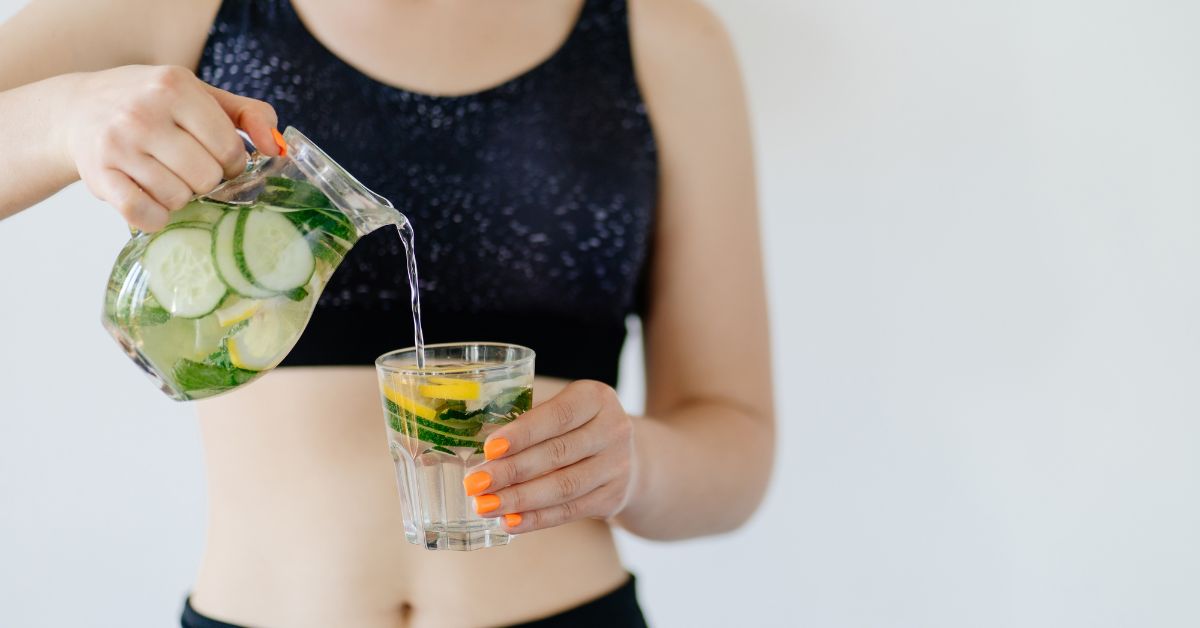
Hydration and Diet
Our diet can effectively support our need for proper hydration, which increases when we engage in fitness activities. Let’s explore the best ways we can hydrate through the foods we eat and the timing of our intake.
Foods That Promote Hydration
- Cucumbers: Cucumbers are almost 95% water and are a fantastic source of hydration.
- Watermelons: These are refreshing and provide essential hydration due to their high water content.
- Berries: Strawberries, blueberries, and raspberries offer hydration and are packed with antioxidants.
- Leafy Greens: Lettuce, spinach, and kale are mainly water, making them perfect for staying hydrated.
- Yogurt: It’s a nutritious food that adds to our daily water intake.
Incorporating these hydration-boosting foods into our meals and snacks can significantly contribute to our water intake, ensuring we stay energized and hydrated throughout the day.
Timing Your Intake for Maximum Benefit
- Pre-exercise: Drink 16–20 ounces of water 2–3 hours before working out. About 30 minutes prior, have an additional 8 ounces.
- During exercise, aim for 7–10 ounces every 10–20 minutes, depending on the intensity of the training.
- Post-Exercise: Replenish by drinking 20–24 ounces of water for every pound lost during the activity.
By timing our hydration, we ensure our bodies are adequately prepped pre-exercise, sustained during a workout, and rehydrated afterward. This strategy helps us maintain peak performance and facilitates recovery.
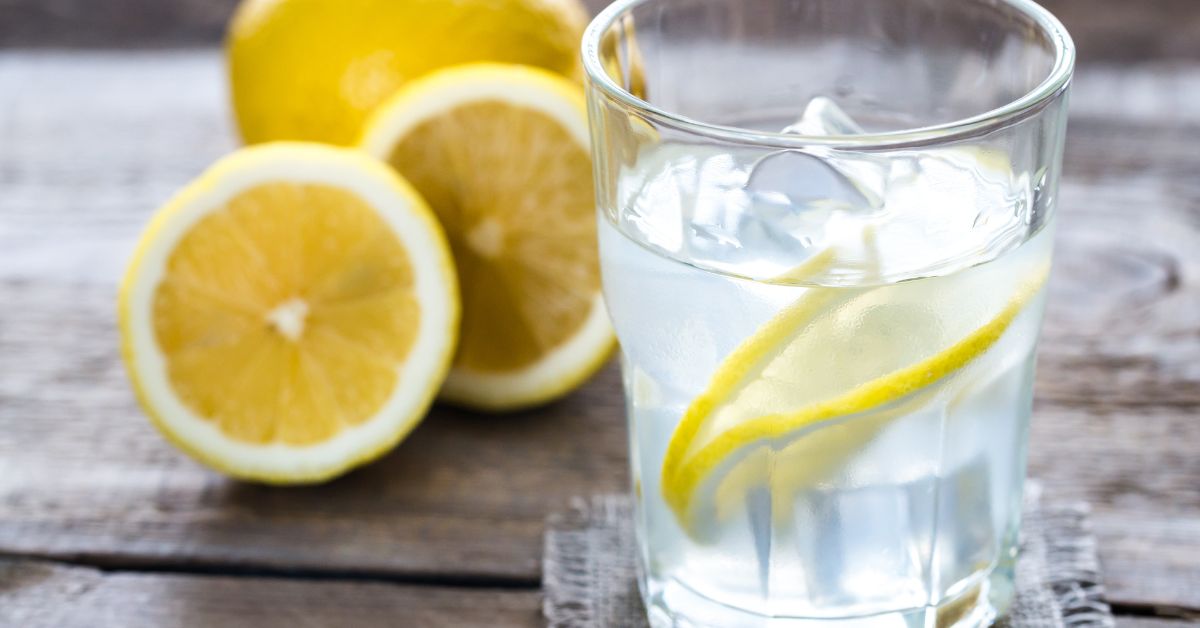
Tracking hydration levels
Knowing how much fluid we need can be a game-changer for our fitness routine and overall health. Let’s dive into how we can keep tabs on our hydration levels with helpful tools and be aware of our body’s signals.
Tools and Apps
We have access to many innovative tools and apps that make monitoring our fluid intake simple and effective. For instance, certain water bottles come equipped with intelligent technology that tracks every ounce we drink and syncs with a mobile app. These apps often allow us to set daily goals and send reminders to keep sipping throughout the day.
We can also use online sweat calculators that estimate fluid loss during a workout or opt for fitness watches that remind us when to rehydrate. For those interested in specifics, there are options like the Urine Color Chart provided by the National Academy of Sports Medicine, which can guide us in determining whether we’re well-hydrated by the color of our urine.
Physical Signs of Proper Hydration
Observing physical signs is essential to ensuring we’re well-hydrated. We should aim for our urine to be a pale yellow; anything darker may indicate that we need more water. Additionally, a lack of headaches, steady energy levels, and the absence of chronic thirst are good signs that we’re on the right track.
Furthermore, monitoring our body weight changes before and after exercise can help assess fluid loss. Replacing every pound lost with about 24 ounces of fluid is critical for recovery. This simple check ensures we’re compensating for the sweat we shed during our workout.
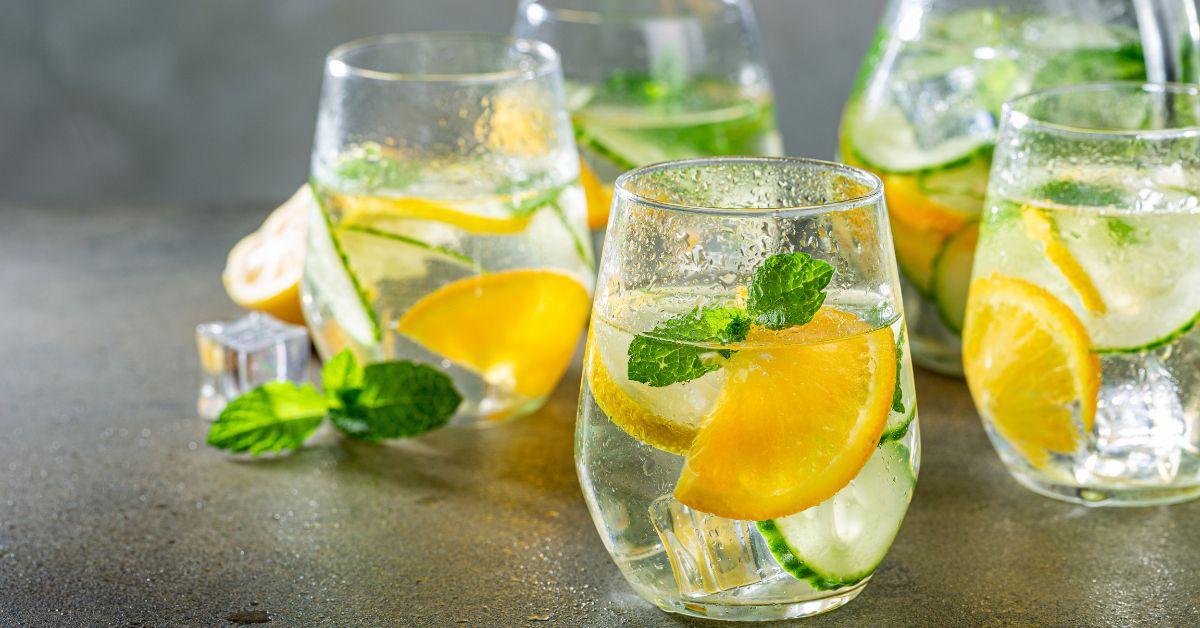
Common Hydration Myths
In our fitness journey across the sunny plains, we’ve encountered a desert of misinformation. Below, we’re setting the record straight on hydration.
Debunking Misconceptions
- Myth: Drink eight glasses of water a day.
Truth: Water needs are individual, and while the “eight glasses” rule is easy to remember, it is not based on scientific evidence. Thirst and urine color are better indicators of hydration.
- Myth: Coffee dehydrates you.
Truth: Moderate coffee consumption doesn’t necessarily lead to dehydration. It can contribute to your daily fluid intake, just like water. The idea that coffee leads to dehydration is widely overstated. The National Council on Aging also shares this viewpoint, highlighting the body’s capacity to handle moderate caffeine intake without significantly affecting hydration status.
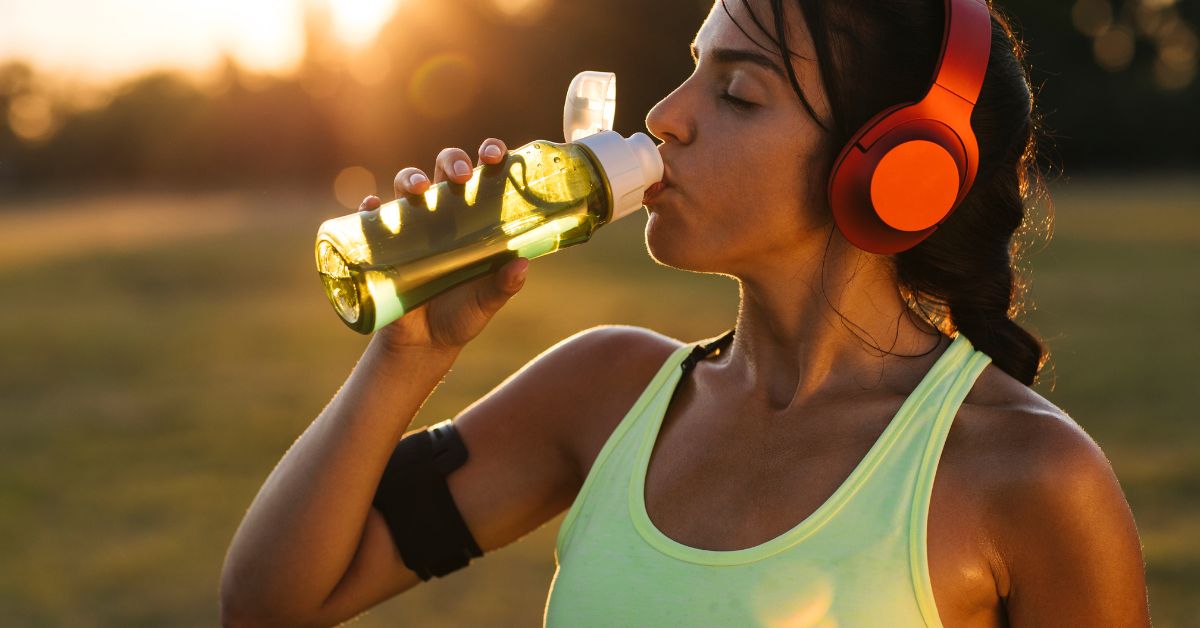
Getting the community involved
In every community, we have the power to transform our health and performance through proper hydration. Let’s dive into how group activities and a collective culture can lead us there.
Group Activities and Hydration
When we get together for group runs or fitness challenges, we prioritize hydration. For example, organizing water stations along running paths ensures everyone can access water. We can set up hydration challenges to track our water intake and celebrate group milestones. It’s about creating supportive environments where we remind each other to drink water and recognize signs of dehydration during activities.
Creating a Culture of Hydration
We thrive when we create a culture that values hydration as much as exercise. Let’s host hydration awareness events with engaging speakers from our local sports teams or fitness experts to educate us on the importance of staying hydrated. Furthermore, we can integrate hydration lessons into our local schools’ curriculum to ensure our kids grow up with these values. Sharing informative and eye-catching infographics at gyms, parks, and community centers makes learning about proper hydration accessible and fun for all ages.
By fostering these initiatives, hydration becomes second nature to us, and together, we enhance our health and athletic performance one sip at a time.
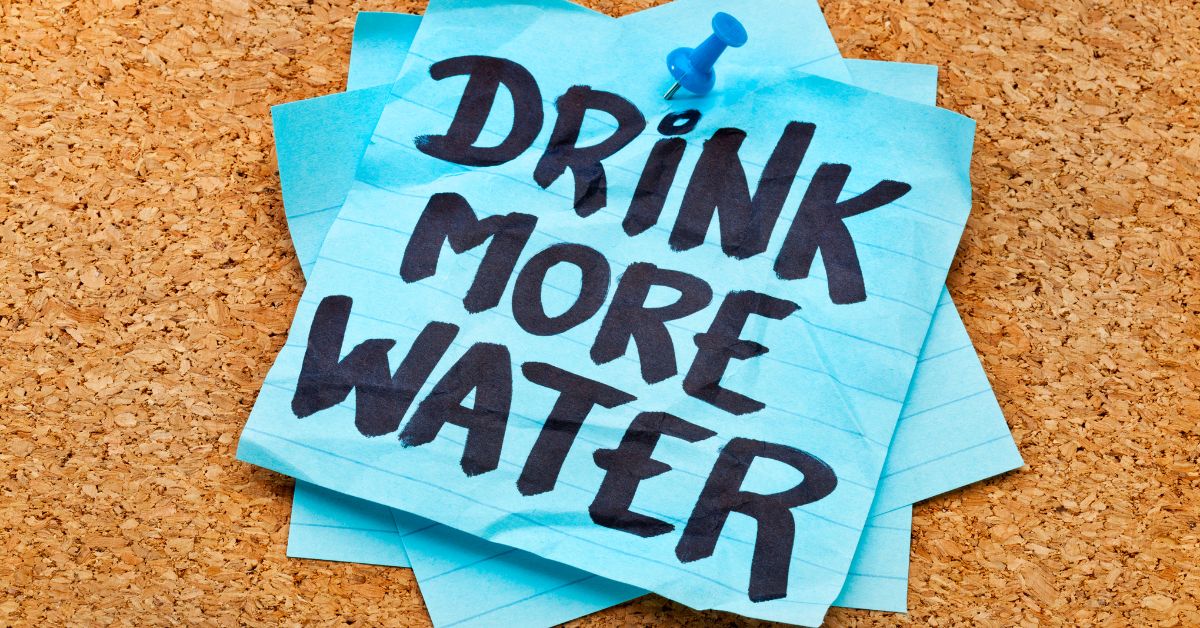
Share the post "Every Fitness Enthusiast Needs Better Hydration – Unlock Your Peak Performance!"
Christian Linden is a seasoned writer and contributor at Texas View, specializing in topics that resonate with the Texan community. With over a decade of experience in journalism, Christian brings a wealth of knowledge in local politics, culture, and lifestyle. He holds a Bachelor's degree in Communications from the University of Texas. When he's not writing, Christian enjoys spending weekends traveling across Texas with his family, exploring everything from bustling cities to serene landscapes.











